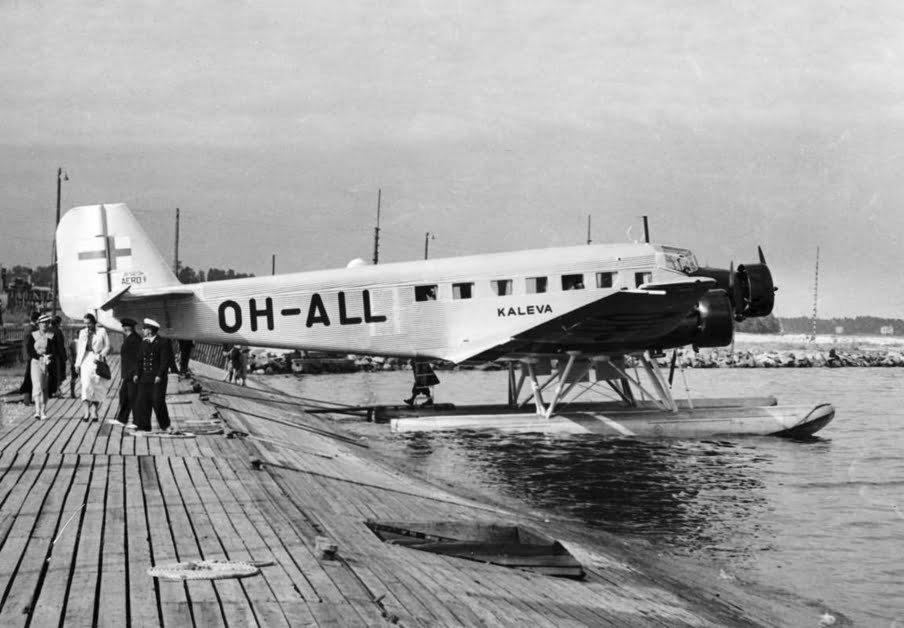The mystery surrounding the fate of a Finnish passenger plane that was shot down over the Baltic Sea during World War II has finally been solved after more than 80 years. The aircraft, known as Kaleva, was carrying American and French diplomatic couriers in June 1940 when it was downed just days before the Soviet Union annexed the Baltic states. The discovery of well-preserved parts and debris from the Junkers Ju 52 aircraft, operated by Finnish airline Aero (now Finnair), was made by a diving and salvage team in Estonia near the island of Keri, close to Tallinn. This historic find sheds new light on a little-known chapter of the war and highlights the sacrifices made by those on board, including the two-member Finnish crew and seven passengers from various nationalities.
The downing of Kaleva occurred on June 14, 1940, shortly after Finland signed a peace treaty with the Soviet Union following the Winter War. The circumstances surrounding the incident, where the civilian plane was shot down by Soviet bombers shortly after takeoff from Tallinn, raised suspicions and questions that persisted for decades. Finland, reluctant to provoke Moscow, kept the details of the incident quiet, referring to it as a “mysterious crash” over the Baltic Sea.
The discovery of Kaleva’s wreckage has captivated the Finnish public, providing closure to a long-standing mystery and offering insight into the country’s complex history during World War II. The incident occurred at a critical juncture, just before the Soviet Union’s annexation of the Baltic states, which had far-reaching consequences for Estonia, Latvia, and Lithuania for the next half-century.
Speculation surrounding the contents of the diplomatic pouches on board Kaleva, particularly those belonging to American diplomat Henry W Antheil Jr, has led to conspiracy theories about Moscow’s motives for shooting down the aircraft. While the exact reasons remain unclear, the retrieval of floating debris by a Soviet submarine near the crash site fueled further speculation about sensitive documents that may have been on board.
Efforts to locate Kaleva’s wreckage had been ongoing for years, with various attempts proving unsuccessful due to the challenging underwater terrain and the fragmented nature of the debris. Recent advancements in technology, such as underwater robots, have provided clearer images of the aircraft’s remains, including parts of the landing gear and wings. The discovery has brought a sense of closure to Finnair, the successor to Aero, despite the tragic loss of lives in the incident.
the recovery of Kaleva’s wreckage represents a significant milestone in uncovering a long-standing mystery from World War II and honoring the memory of those who perished in the tragic event. The historical significance of this discovery underscores the importance of preserving and understanding the complexities of wartime experiences for future generations.


